In the world of logistics and transportation, understanding the dimensions of vehicles, particularly tractor trailer trucks, is pivotal. Whether for compliance, safety, or logistical planning, knowing how wide a tractor trailer truck is can influence a myriad of decisions. This comprehensive guide delves into the specifics of tractor trailer truck dimensions, shedding light on industry standards, variations, and regulatory considerations.
The Standard Width of a Tractor Trailer Truck
The typical width of a tractor trailer truck, also commonly referred to as an 18-wheeler, is crucial information for manufacturers, drivers, and fleet managers. The standard width of these vehicles across the United States is 102 inches (or 8.5 feet). This specification applies to most models, including both the trailer and the tractor cab.
Why 102 Inches?
This figure is not arbitrary; it is rooted in safety and efficiency. The choice of 102 inches allows for optimal stability while maximizing cargo capacity. For reference, standard highway lanes in the United States range from 10 to 12 feet in width, allowing adequate maneuverability for trucks of this size.
| Aspect | Measurement |
|---|---|
| Standard Width | 102 inches (8.5 feet) |
| Standard Lane Width | 10-12 feet |
| Maximum Length (Overall) | 65-75 feet |
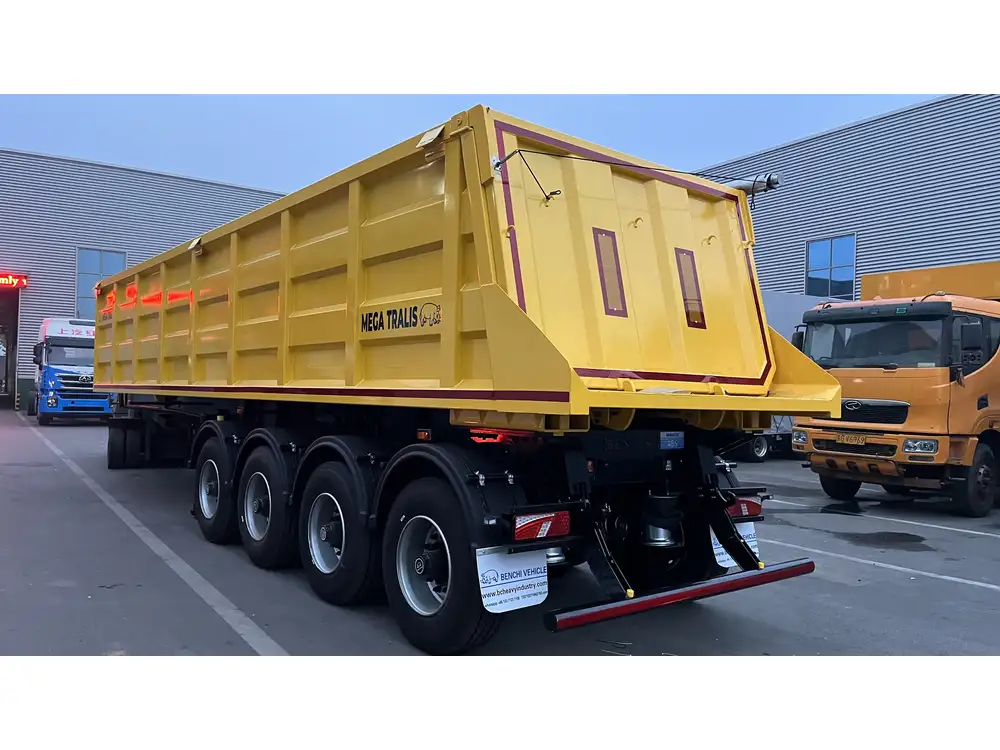
An Understanding of Different Configurations
The width of a tractor trailer truck can vary based on several factors, including configuration, purpose, and the specific model. Here are some configurations that demonstrate the diversity in tractor trailer widths:
1. Standard Freight Trailers
These trailers, commonly used for national freight, adhere to the standard width of 102 inches. They are designed for maximum cargo efficiency, often equipped with features that enhance stability and aerodynamics.
2. Reefer Trailers
Reefers, or refrigerated trailers, maintain the standard width of 102 inches but might have additional insulation layers, adding minuscule depth but not width, crucial for maintaining temperature-sensitive cargo.

3. Flatbed Trailers
Flatbeds can also range in width but often conform to the 102-inch standard. The design allows for versatility in cargo but shares the same width regulations as enclosed trailers.
4. Specialty Trailers
Certain specialized trailers, such as those used for oversized loads or specific cargo types (automobiles, machinery), might exceed the standard width. These often require special permits and are governed by different local and state regulations.
Legal Regulations Regarding Trailer Width
The regulations concerning trailer width are codified in various federal and state laws. Understanding these regulations is crucial for compliance and can directly impact freight transportation procedures.

Federal Regulations
According to the Federal Highway Administration (FHWA), the maximum permissible width for commercial vehicles on the interstate system is 102 inches. Some states may impose additional restrictions or allow wider vehicles under specific circumstances, particularly for agricultural or construction purposes.
State-Level Variations
While federal law sets a standard, state regulations may vary. Here are key points regarding state-level width regulations:
- Permitting for Wider Loads: In states like Texas or California, vehicles wider than 102 inches can be permitted but often require escort vehicles and specific routing.
- Local Jurisdictions: Cities or counties may have their own restrictions that can affect the legal width, especially in urban environments with unique road structures.
Height and Length Considerations
While width is a crucial dimension, height and length also play integral roles in determining a tractor trailer’s operational capacity.
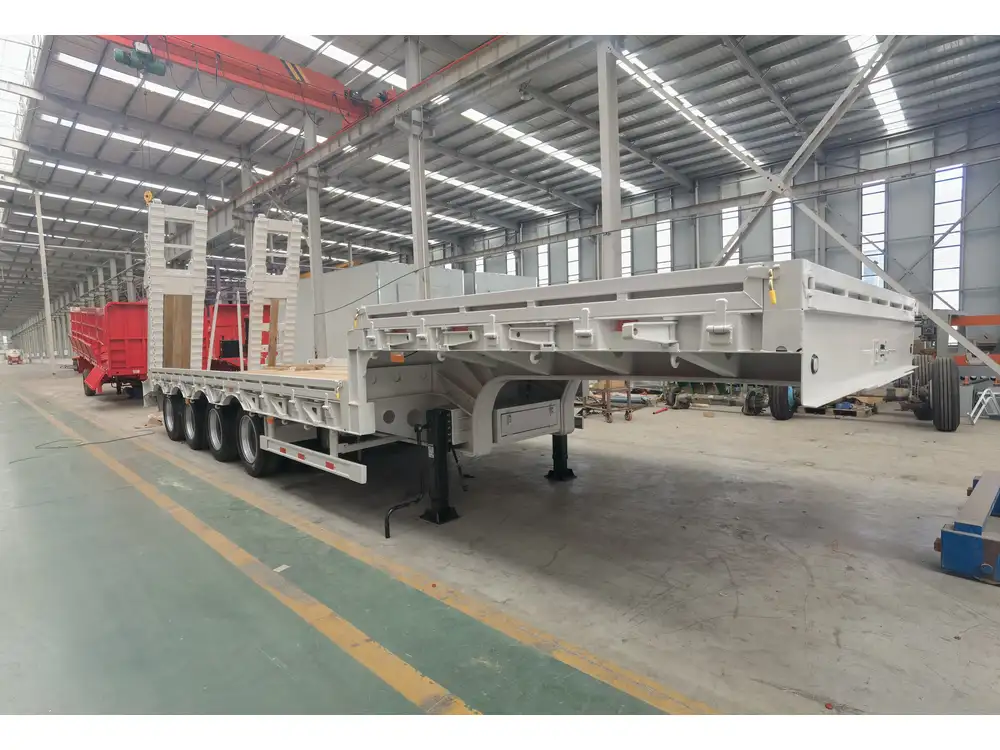
Height
Most tractor trailer trucks peak at 13.5 to 14 feet in height. This clearance is essential for navigating underpasses and bridges safely. Height can vary based on cargo specifications and trailer type, such as high-cube containers.
Length
The maximum length for tractor trailer combinations is generally 65 to 75 feet. This measurement includes both the tractor and the trailer. Extended lengths may require additional permits.
A Comparative Table of Dimensions
| Dimension | Standard Measurement |
|---|---|
| Width | 102 inches (8.5 feet) |
| Height | 13.5 to 14 feet |
| Overall Length | 65 to 75 feet |

Implications for Drivers and Fleet Managers
Understanding the dimensions, specifically the width, carries profound implications for vehicle handling, routing, and compliance. Fleet managers must ensure that their vehicles meet the required dimensions to avoid fines and ensure safety.
Routing Decisions: Knowing the width enables proper planning regarding which roads are accessible. Wider vehicles may have restrictions on certain roads, and pre-planning can help avoid costly detours.
Safety Compliance: Compliance with width regulations ensures that drivers maintain safe distances from other vehicles. Wider trailers can impact maneuverability and require heightened awareness.
Load Management: For fleets employing specialized trailers, knowing both the width and weight capacity can facilitate better load management, enhancing operational efficiency.
Advanced Insights: How Load Distribution Affects Width
While the standard width for a tractor trailer is fixed, variables like load distribution can impact performance and legality. Considerations include:
1. Load Spreading
For certain cargo types, distributing load evenly across the trailer can help maintain stability, which indirectly affects handling, especially in corners and on inclines.
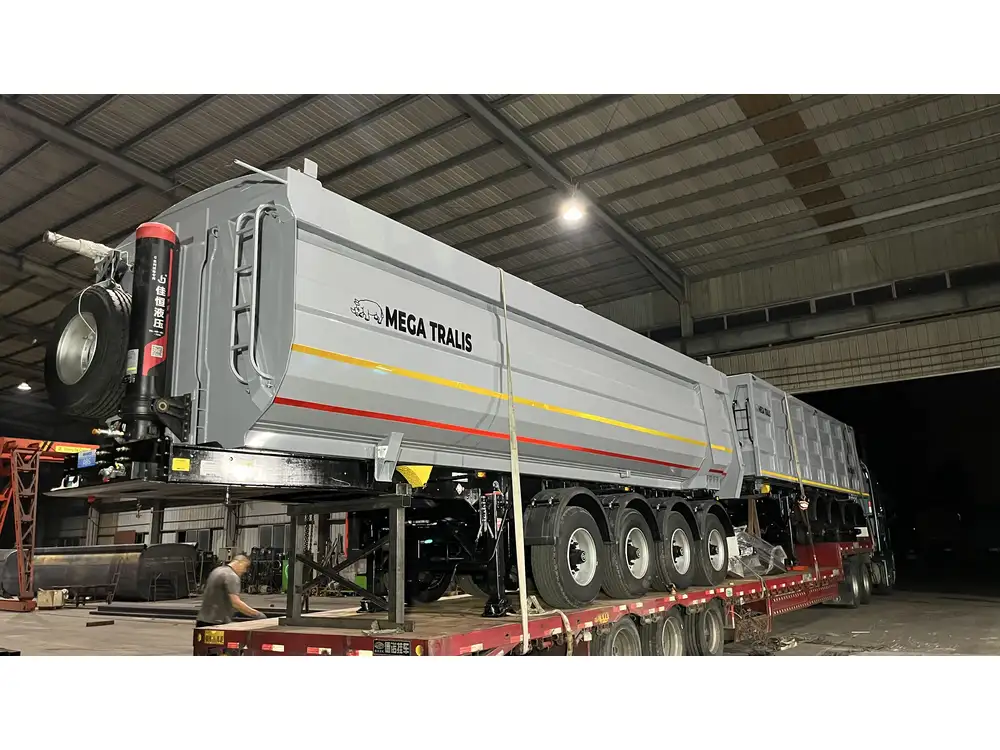
2. Weight Limits
Even within the width specifications, weight distribution must not exceed the federal and state regulations, which can range up to 80,000 pounds for standard configurations.
3. Stacking and Securing Cargo
Diverse load types call for varied stacking and securing methods to conform to legal dimensions. For instance, proper strapping methods help in maintaining load stability, ensuring the overall vehicle remains compliant.
Innovative Trends and Technology Affecting Dimensions
With advancements in technology, the manufacturing of tractor trailers is ever-evolving. Here are several trends impacting the dimensions and configurations of these vehicles:
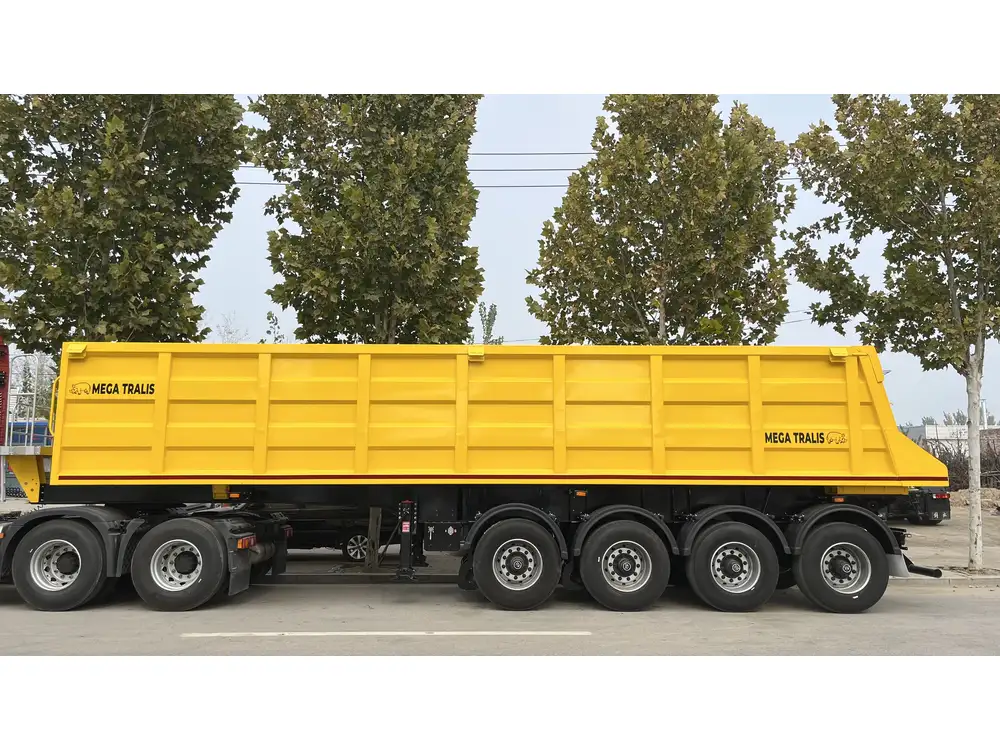
1. Lightweight Materials
The use of advanced materials, like aluminum and composite materials, can reduce the weight without impacting width, leading to improved fuel efficiency and increased payload capacity.
2. Aerodynamic Enhancements
Aerodynamic trailer designs can influence the perceived width by reducing air resistance and improving fuel consumption. These features may also contribute to narrowing the visual impact while maintaining cargo size.
3. Technological Integration
Modern tractors often integrate technology that can monitor dimensions and provide alerts to the driver when exceeding specific safety limits, minimizing risks of overwidth accidents.
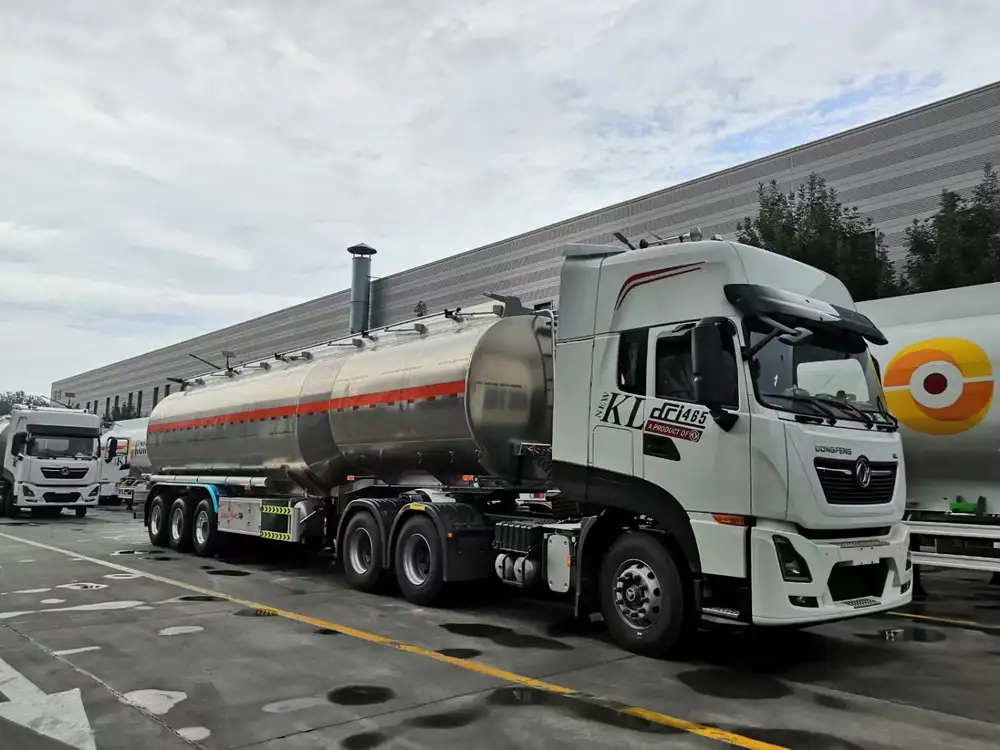
Case Studies: Proficient Width Management in Action
To ground our insights, we can examine real-world instances where width management played a critical role.
Case Study 1: Long-distance Hauler
A company managing cross-country freight transportation faced challenges with road regulations that limited width in certain areas. By revising delivery routes based on width regulations, they managed to save on costly fines and enhance delivery efficiency.
Case Study 2: Specialty Cargo Transporter
Another fleet that engaged exclusively in oversized cargo found that obtaining active permits and using escort vehicles where necessary allowed them to navigate wider trailers without incident, illustrating the importance of planning around dimensions.
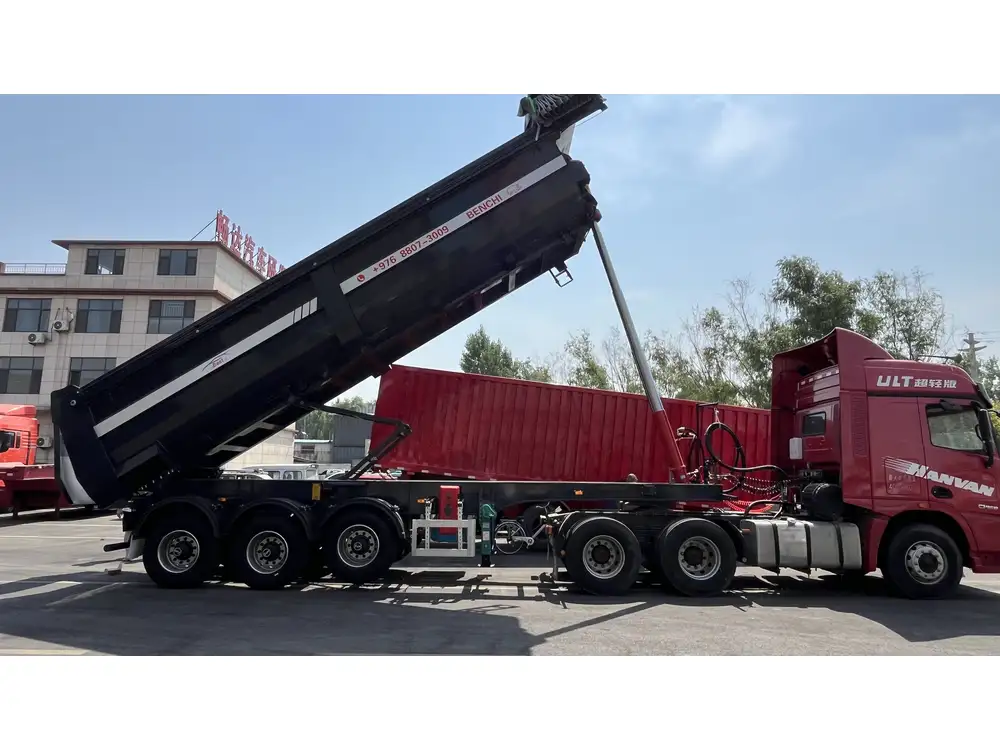
Conclusion: The Importance of Understanding Tractor Trailer Width
Knowledge of tractor trailer dimensions, particularly width, equips stakeholders in the transportation industry to make informed decisions. From compliance to safety and efficiency, understanding these specifications is not merely an administrative necessity; it is a business imperative. As regulations evolve and technology advances, staying abreast of these critical details will empower drivers, fleet managers, and manufacturers alike to navigate the complexities of modern logistics with precision and confidence.
In the end, whether you’re managing a fleet, shipping goods across state lines, or ensuring your regulatory compliance, comprehension of a tractor trailer truck’s width is foundational. Embracing this knowledge will bolster operational efficiency and enhance safety protocols, ushering in an era of smarter transportation solutions.



